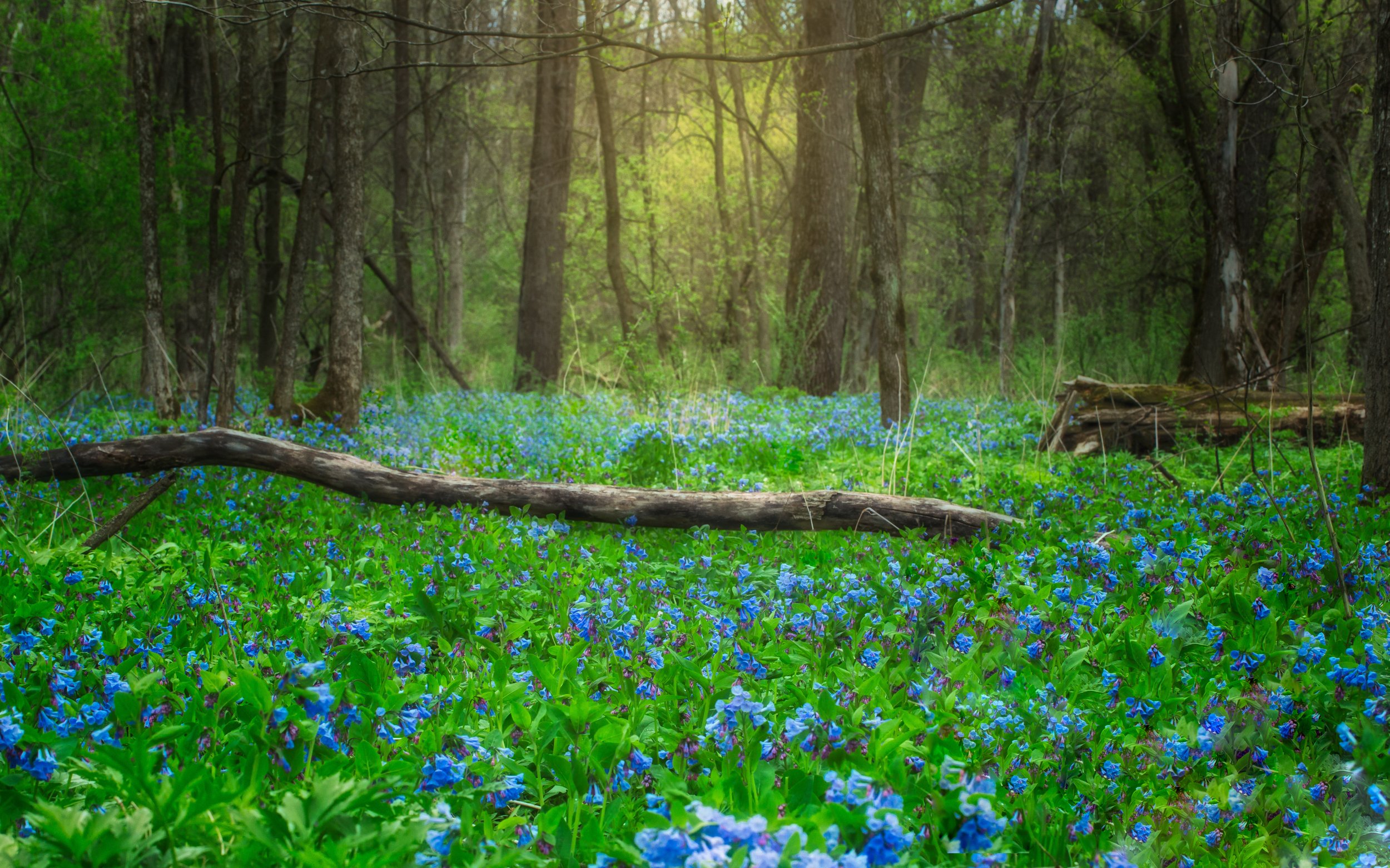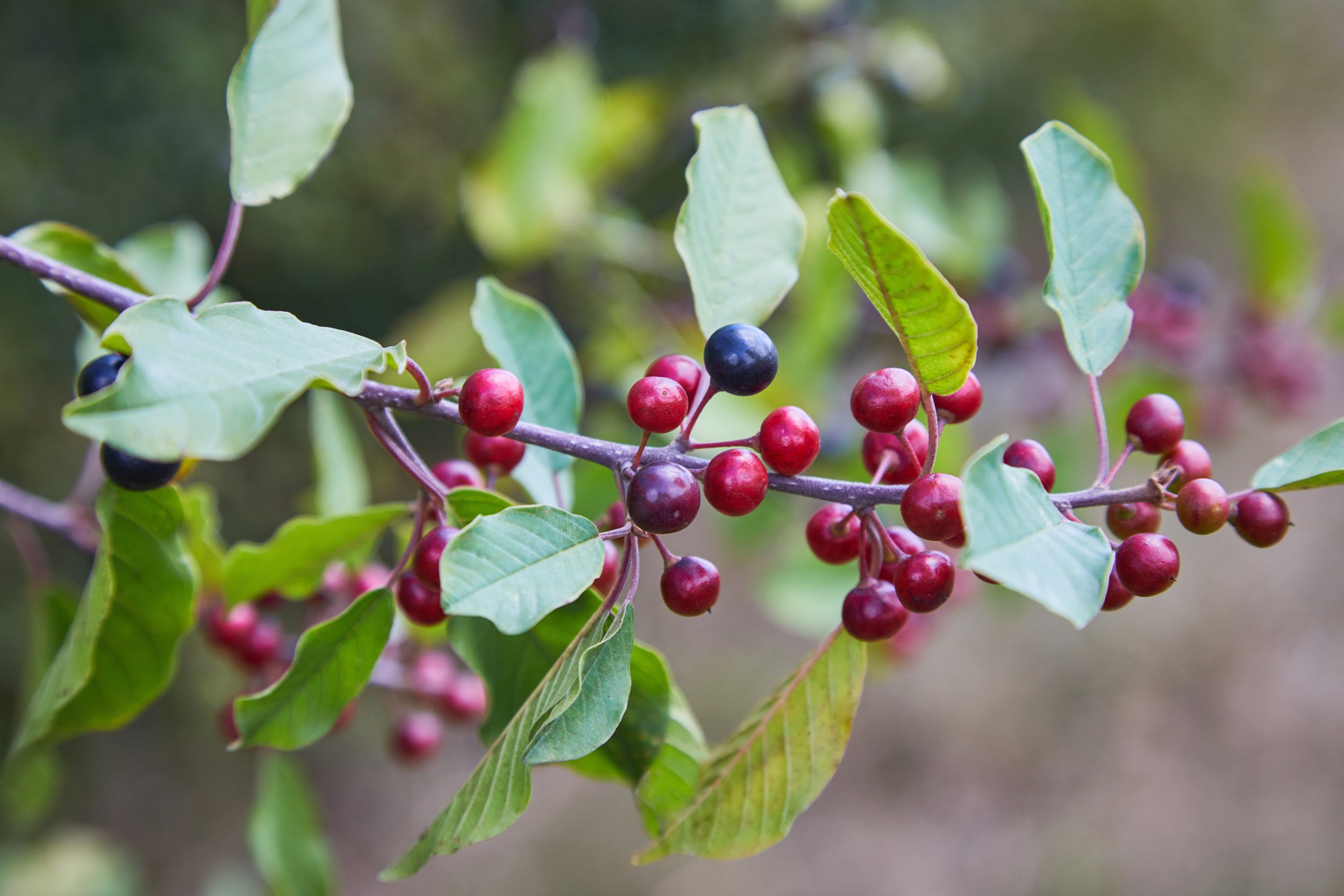
Invasive Species Management
Woody and herbaceous applications
Cut-stump, foliar, basal bark, broadcast, high pressure
Goal: Plant Diversity
Healthy ecosystems are essential because they provide habitat for native plants and animal species. Infestations of invasive species can alter these healthy ecosystems. When invasive species are present, they can alter the habitat and outcompete native species for limited resources. This can lead to a loss of biodiversity. Removing invasive species can help reduce biodiversity loss and help restore healthy native habitats.
Helping You
At Rock Leaf, we understand the difficulties landowners face when their land is being taken over by species like buckthorn or wild parsnip. Invasive species management is an uphill battle and can be overwhelming when tackled alone. We are available to give advice, identification information, management strategies, and maintenance techniques. Or our skilled technicians can do all the work for you.
Treatment
Each invasive species has slightly different treatment techniques, and Rock Leaf Water employees have over two decades of experience with the following species and best management practices to decrease and potentially eradicate them. When on-site, we consider the landowner's goals and create a plan to ensure proper application and rate for that specific site. We also take into account other factors including weather and proximity to water, when making an herbicide plan.
Maintenance
While the initial treatment is essential for removing invasive species, maintenance is just as crucial. Maintenance continues to suppress invasive species and allows native species to reestablish themselves. As time progresses, less and less maintenance will be required. Maintenance also allows us to review the land for the effectiveness of treatments, which allows us to enhance our methods. Conditions are always changing, and we strive to continuously update our methods to provide the best possible management strategies for you and your land.





